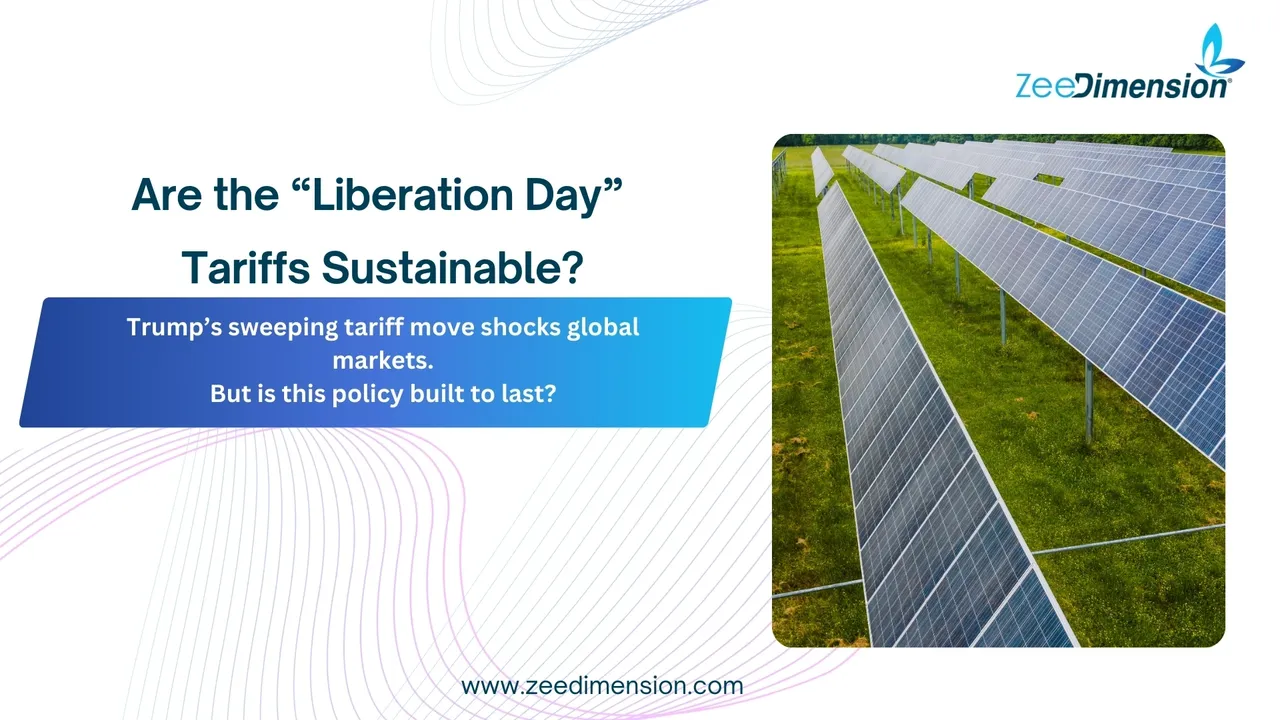
Trump’s sweeping tariff move shocks global markets. But is this policy built to last?
What Are the “Liberation Day” Tariffs?
On April 2, 2025, President Trump introduced what he called “Liberation Day” tariffs, including a 10% tariff on all imports and a steep 34% tariff specifically targeting Chinese goods—on top of existing duties. The move is framed as a push to shield American industries and reduce the trade deficit.
Markets React Immediately
Markets quickly reacted to inflation and recession fears. The S&P 500 dropped 4.9%, losing $2.5 trillion, while the Nasdaq slid 5.9%. Investors are preparing for more uncertainty.
How Did China Respond?
China quickly responded with a series of countermeasures: it imposed a 34% tariff on U.S. goods, restricted rare earth exports, banned certain U.S. poultry suppliers, and sanctioned 27 American companies. These bold steps signaled rising tensions—and the start of a potential trade war.
What’s the Political Fallout?
The political response is mixed. Some GOP leaders support the move, calling it a step toward fair trade and stronger protection for U.S. industries. Others warn it could drive up costs—potentially $3,800 more per household. Meanwhile, farmers and exporters are growing uneasy about possible retaliation and lost markets.
Can These Tariffs Be Sustained?
Sustaining these tariffs won’t be easy. Rising inflation and living costs, potential retaliation against U.S. exports, supply chain issues, and growing political opposition at home all make long-term enforcement increasingly difficult.
A More Sustainable Path?
Rather than relying on broad tariffs, a more sustainable path could focus on smarter strategies like targeted trade enforcement, working with global partners through multilateral talks, and investing in homegrown innovation to stay competitive.
Final Thought
Liberation Day might signal a bold trade shift, but we must keep our balance to avoid any economic setbacks. Sustainable policies need careful strategy rather than sudden shocks, ensuring steady growth and stability for the future.







